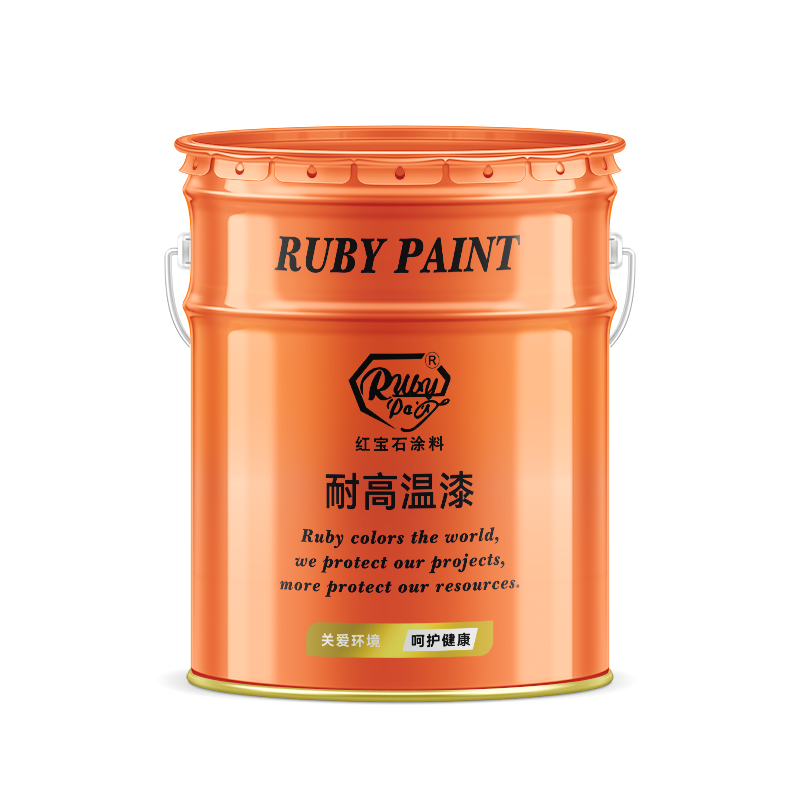Table of Contents
Testing Valspar Paint for Lead Content: Methods and Results
Valspar paint is a popular choice for homeowners and professionals alike, known for its wide range of colors and finishes. However, concerns about the presence of lead in paint have led many to question whether Valspar paint contains this harmful element. Lead is a toxic metal that can cause serious health problems, especially in children, and its use in paint has been heavily regulated in many countries. In this article, we will explore the methods used to test Valspar paint for lead content and discuss the results of these tests.
To determine whether Valspar paint contains lead, several testing methods can be employed. One common method is X-ray fluorescence (XRF) analysis, which uses X-rays to detect the presence of lead in the paint. This non-destructive technique is quick and can provide results in a matter of seconds. Another method is laboratory analysis, where paint samples are sent to a lab and tested using techniques such as atomic absorption spectroscopy or inductively coupled plasma mass spectrometry. These methods are more time-consuming and require the destruction of the paint sample, but they provide highly accurate results.
The results of lead testing on Valspar paint have shown that the brand is committed to complying with regulations regarding lead content. In the United States, the Consumer Product Safety Commission (CPSC) has set strict limits on the amount of lead allowed in residential paint. Since 1978, paint intended for use in homes must contain less than 0.06% lead by weight. Valspar has stated that their paints meet these regulatory requirements and are formulated without the intentional addition of lead.
Furthermore, Valspar has taken steps to ensure that their products are safe for use in homes and other environments where people, particularly children, may be exposed to painted surfaces. The company conducts regular testing of their products to verify compliance with lead content regulations. These tests are carried out by independent laboratories, which helps to ensure the accuracy and reliability of the results.
| Serial Number | Product |
| 1 | Fluoracarbon finish paint |
It is also worth noting that Valspar is not alone in its efforts to reduce lead content in paint. The paint industry as a whole has made significant progress in this area, driven by regulatory changes and increased awareness of the dangers of lead exposure. Many other major paint manufacturers have also reformulated their products to eliminate or reduce lead content, making lead-free paint the standard in the industry.
In conclusion, testing has shown that Valspar paint does not contain lead in amounts that exceed regulatory limits. The company’s commitment to safety and compliance with regulations is evident in their product formulations and testing practices. For those concerned about lead exposure, Valspar paint offers a safe and reliable option for residential and commercial painting projects. As always, it is important for consumers to stay informed and choose products that meet safety standards and suit their specific needs.
The History of Lead in Paint and Valspar’s Commitment to Safety
Lead has been used in paint for centuries due to its durability and vibrant color. However, it was not until the mid-20th century that the harmful effects of lead exposure became widely recognized. Lead is a toxic metal that can cause serious health problems, particularly in children, including developmental delays, learning difficulties, and behavioral issues. As a result, many countries, including the United States, have implemented strict regulations to limit the use of lead in paint.

The history of lead in paint dates back to ancient civilizations, where it was used to enhance the color and durability of paints. In the 19th and early 20th centuries, lead-based paints were commonly used in homes, schools, and public buildings. However, as the health risks associated with lead exposure became more apparent, governments began to take action to reduce the use of lead in paint.
In the United States, the use of lead in residential paint was banned in 1978. Since then, paint manufacturers have been required to comply with strict regulations regarding the use of lead in their products. Valspar, one of the leading paint manufacturers, has been at the forefront of efforts to ensure the safety of its products.
Valspar has a long-standing commitment to safety and environmental responsibility. The company has implemented rigorous testing and quality control measures to ensure that its paints are free from harmful substances, including lead. Valspar’s paints are formulated to meet or exceed all applicable safety standards, and the company is constantly innovating to develop safer and more sustainable products.
| No. | Name |
| 1 | Industrial paint |
In addition to its commitment to safety, Valspar is also dedicated to transparency and consumer education. The company provides detailed information about the ingredients and safety features of its products on its website and product labels. This allows consumers to make informed choices about the paints they use in their homes and workplaces.
Valspar’s commitment to safety is not limited to its products. The company also actively participates in industry-wide initiatives to promote safe and sustainable practices. Valspar is a member of several industry associations and works closely with regulatory agencies to stay abreast of the latest developments in safety and environmental protection.
In conclusion, Valspar has a strong commitment to safety and environmental responsibility. The company’s paints are formulated to be free from harmful substances, including lead, and meet or exceed all applicable safety standards. Valspar’s dedication to transparency and consumer education ensures that consumers can make informed choices about the paints they use. By actively participating in industry-wide initiatives and working closely with regulatory agencies, Valspar continues to lead the way in promoting safe and sustainable practices in the paint industry.




